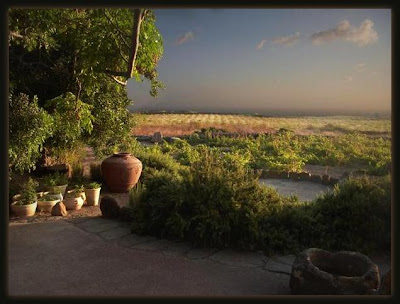The island of Pantelleria is within winking distance
of Arabian Africa and was, before it was discovered by tourism, magical.
We are held for a few hours on our way to the island because
of inclement weather. What else is new
in 2013? Suddenly the sky turns blue,
the light gold, and we are on our way.
“Is it like Sicily?”
“Of course!”
Wonderful and deserted,
abandoned and beautiful, navel of the canal of Sicily, Pantelleria shows the
signs of its troubled birth through the black lava flows that descend to the
sea, covered by the waves of the Mediterranean. The centrality of its position,
36 miles from North Africa and 65 from the Sicilian coast, has greatly
influenced the complexities and radical changes of Pantelleria’s long history
since it was first settled in late prehistoric times. The character and the
spirit of the various peoples and cultures dominating the island throughout the
centuries have been absorbed and have become the socio-cultural web that is
Pantescan culture.
I have sat in front of the computer and pored over web pages
imagining this island. The name has a
miniaturist allure, a dream that is exotic but manageable and entirely
gratifying, a fantastic charm on the bracelet of life, and it is these that
draw me most. Often there is a misfit
element to these places, crumbling colonial backwaters whose day has
passed. If they convey the feeling that
the clock has stopped a hundred years ago I can get very excited. Often it is the name, the very configuration
of letters that suggests the ideal, forgotten stopping place. Often they are in warm climates and on the
coast, or islands with quaint capitals.
Pantelleria is one of those names, one of
those places…
“But from the
’60s to now, small and large changes in culture, economy and technology have
slowly transformed this incredible landscape of Pantelleria. The arrival and
use of the car opened and consolidated old paths in a thousand ways;
electricity arrived in every village, leaving behind the required power lines;
and the ferry arrived, with new artifacts and materials. All had the result of
changing the architectural landscape.
There are two
elements that have caused a transformation more than anything else: first, the
progressive neglect of agriculture, which reduced crops that protected the terraces
the effect is the covering of the stonewalls, which without any maintenance,
will slowly collapse. Second, the arrival of water
from the desalinator, allowed the planting, especially near the dammusi, of
ornamental gardens. Although they create a pleasant environment to live in,
they hide the buildings, pointing out their presence only by the large plants
that surround them. With these phenomena, even if they are small, the landscape
changes slowly.What remains, however, of the rural world, which has permeated
every stone in this land, is not just a physical presence in the shadow of our
new gardens, but especially our unpretentious way of living on the island. To
preserve it and pass it on is our duty, in the name of beauty.
Gabriella
Giuntoli, Architect and Urban Planner, Pantelleria, Italy



1 comment:
I am gespannt wie ein Regenschirm to see what you will conjure-up!
Post a Comment